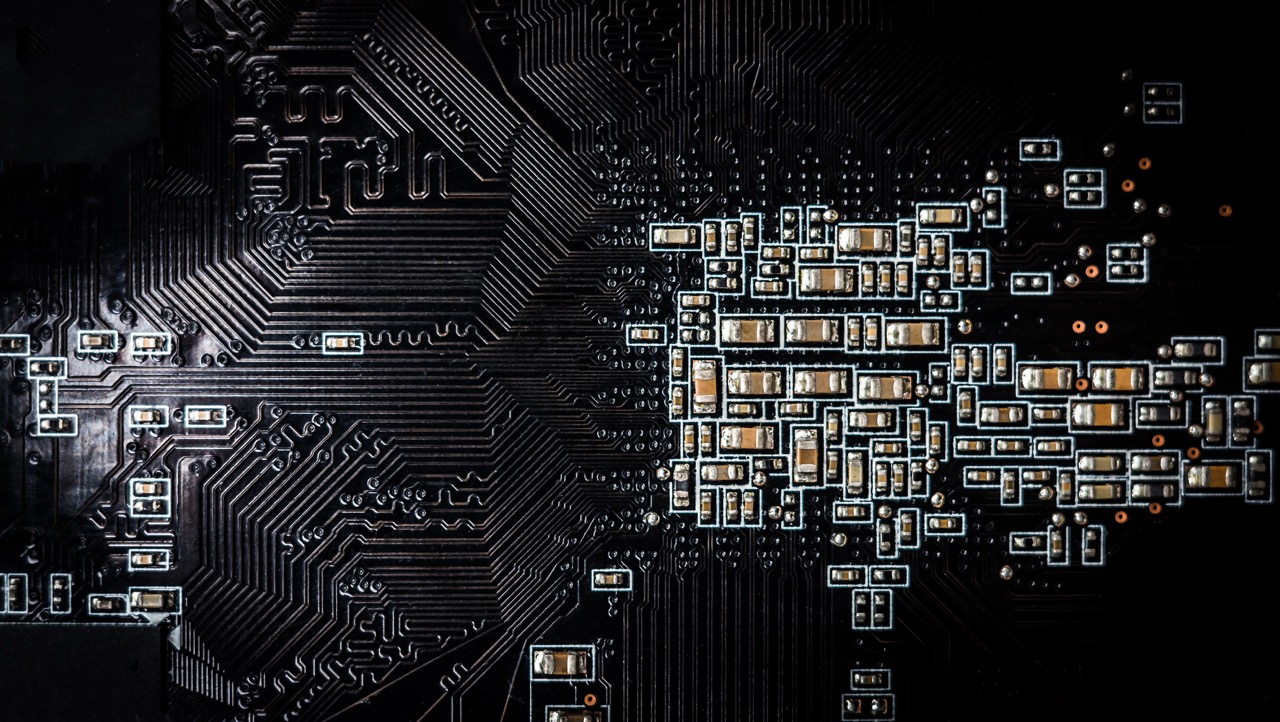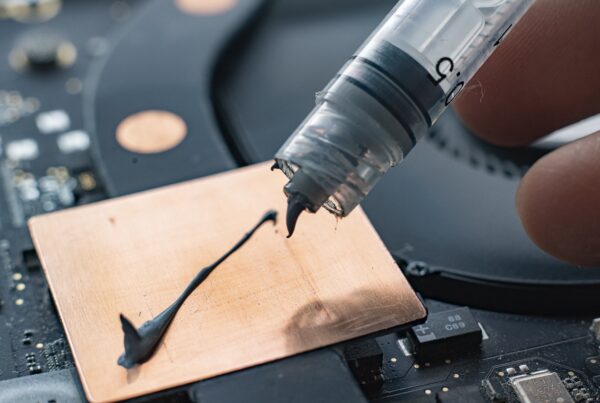Electrically conductive adhesives
Electroconductive adhesives play a key role in PCB assembly and electronic applications. This is due to their unique ability to interconnect electrically while improving reliability, thermal performance, and structural bonding. The market for electrically conductive adhesives is estimated to grow to 8.4 percent by 2028.
What are the advantages of electrically conductive adhesives?
The advantages of electrically conductive adhesives include:
- They reduce the number of processing steps, thus reducing costs.
- They polymerize at low temperatures.
- Low thermal stress.
- They do not contain lead.
- They help reduce assembly size.
- They improve the fatigue resistance of weld joints.
- Ability to adapt and rework to meet application-specific requirements, such as curing temperatures.
- Compatibility with a variety of substrates, including non-weldable materials.
How do you choose an electrically conductive adhesive for a PCB application?
Before choosing an electrically conductive adhesive, it is important to consider several factors, including:
- Compatibility with substrate material.
- Application operating temperature.
- Moisture levels.
- Chemical exposure.
- Thermal conductivity of adhesive.
- Adhesive flexibility.
- The required curing method.
- Matching these specifications with those of the chosen adhesive will ensure the best performance.
How is electrical conductivity obtained?
These unique properties are achieved by the addition of electrically conductive elements such as silver, gold, nickel or carbon. Depending on the distance between the components, most general and heat-conductive adhesives act primarily as electrical insulators; since in many applications the thickness of the adhesive cannot be controlled and the bonded components are actually in contact, some electrical charge can be transferred, as there is still sufficient metal-to-metal contact.
What are the different types of electrically conductive adhesives?
Electroconductive adhesives are generally available in two different forms: isotropic (ICA) or anisotropic (ACA).
- Isotropic conductive adhesives contain a high load of metallic filler materials and are conductive in all directions. They are commonly used as solder substitutes in surface-mount assemblies.
- Anisotropic adhesives contain a lower concentration of metallic filler materials and conduct only in one direction. They are commonly used in flip-chip technology and liquid crystal displays (LCDs).
Most conductive liquid adhesives use epoxy or silicone chemical compounds. Electroconductors with epoxy compounds can be used in high-temperature applications, often 150 °C or more. Silicone adhesives are used in high-temperature applications up to 260 °C and can withstand slightly higher temperature conditions.
How do you measure the electrical conductivity of an adhesive?
Generally, electrical conductivity is measured in ohms per centimeter (ohm-cm). This measures the intrinsic resistance of a material to the flow of electric current. A highly electrically conductive adhesive will have a low ohm-cm value, while a less electrically conductive adhesive will have a higher ohm-cm value.
Does electrical conductivity vary with curing temperatures?
In general, the higher the curing temperatures, the higher the electrical conductivity and mechanical properties of the adhesive. This is due to a denser and tighter cross-linking of the adhesive.
What conductive adhesives does Mascherpa offer?
Mascherpa offers a range of conductive adhesives for a wide variety of industries and applications. These include our range of heat dissipation materials, electronic shielding solutions, the
adhesives and sealants for electronics
and the
electronic encapsulants
. In addition to being a leader in electronic shielding solutions, our team has more than 40 years of experience in supporting electronics manufacturers at all stages of the manufacturing process, from PCB assembly to full device production.





